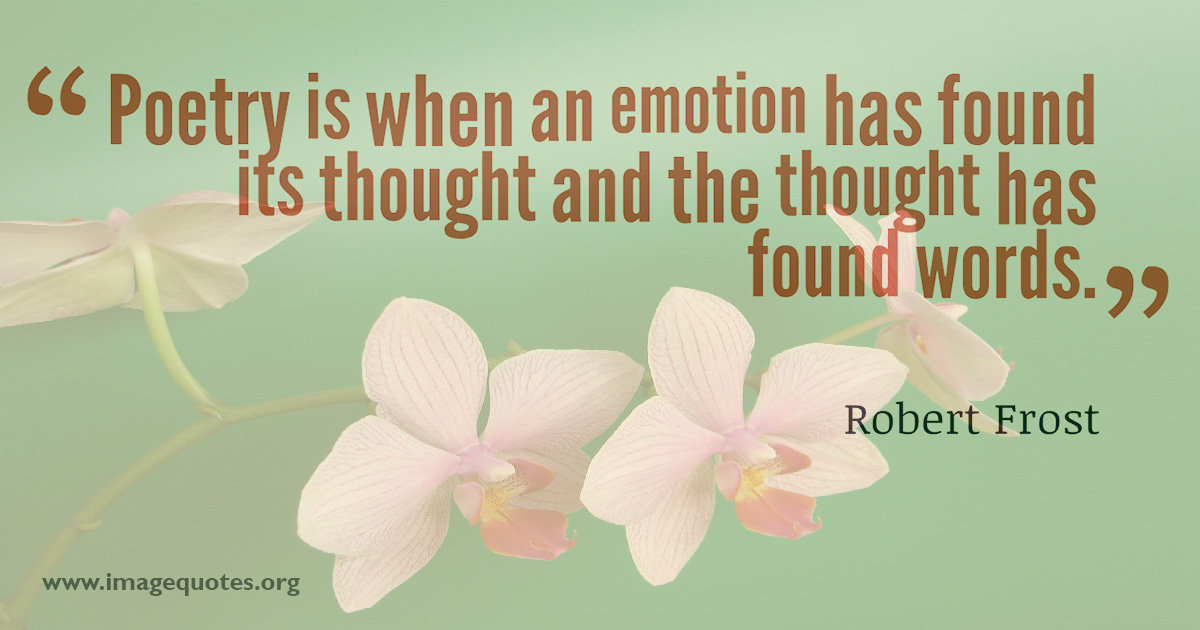Neya Krishnan
I am typically bad at following through on my New Years Resolutions. It’s not my intention; it’s just by the first week of January, my motivation to have that “summer bod” is replaced by a deep craving for Colony Pizza.
That said, this year, I made a resolution to write more. To be honest, I wasn’t sure what that would actually mean. I loved writing with my whole heart and I was part of the writing club at school, but I wasn’t as consistent with it as I wanted to be. There was just so much else going on in my life.

However, while I may not be the best at resolutions, I love a good challenge. So for the first week of January, I challenged myself to write a haiku a day. I reassured my creative genius that with a 5,7,5 syllable count and 3 lines, haikus would be a breeze to write. Since I didn’t have a license in my junior year, I took the bus to school, and starting at 6:30 am morning, I would brainstorm ideas for my haiku of the day, taking inspiration from the snow outside, the blueberries I had for lunch, and historical trends covered in APUSH.
The haikus weren’t the most eloquent works I had written, but I wrote something. That was pretty exciting. I noticed that I looked forward to my afternoon and morning bus rides, so I decided to go for another week of writing, and I replaced haikus with tankas, five-line poems with a syllable count of 5,7,5,7,7. The week after, I wrote shape poetry, and the weeks after that, I wrote landays, sedokas, nonets, and more. I immersed myself in new styles, learned about each form’s history, and read as much poetry as I could from Sylvia Plath to Frank O’Hara.

After about twelve weeks of exploring new styles, I decided to complete a month of free-verse poetry for April. I participated in a poetry challenge created by Savannah Brown called Escapril in which participants are tasked with writing a poem every day for the month of April. I kept most of the poems I wrote to myself and, at the time, I didn’t have a platform to share them, but there was something so therapeutic about the act of writing itself. Free-verse became my favorite form of poetry soon after. There was a liberty and a freedom that free-verse offered that I just couldn’t resist. Throughout April I wrote poems about nearly drowning at five years old and learning how to swim in that same lane, about my three-year-old neighbor who scribbles have a nice day on the edge of her driveway with chalk each morning, and about moments of crippling anxiety. Poetry became my way of breathing.

As of now, I have a poetry account on Instagram, and I do my best to post weekly. I am mindful of the fact that I am not the world’s most brilliant writer. I have a lot to learn. But there’s something humbling about a journey in which I can continuously grow. On my poetry account- in addition to posting poems- I have also designed lists of prompts that others can use to inspire their own work. Through Instagram, I’ve found a community of poets from all around the world online. I think it speaks to the power of language that I can feel so intimately close to people I’ve never met simply because of their writing.
I know to most people poetry often seems out-there, but there’s this Robert Frost quote that perfectly encapsulates it: “Poetry is when an emotion has found its thought, and the thought has found words.” At its core, poetry is the release of emotion through language, the nuanced exploration of real-life moments.
Anyway, that was a long ramble! In summary, here’s to following through on our new year’s resolutions! Especially the ones about writing more.




